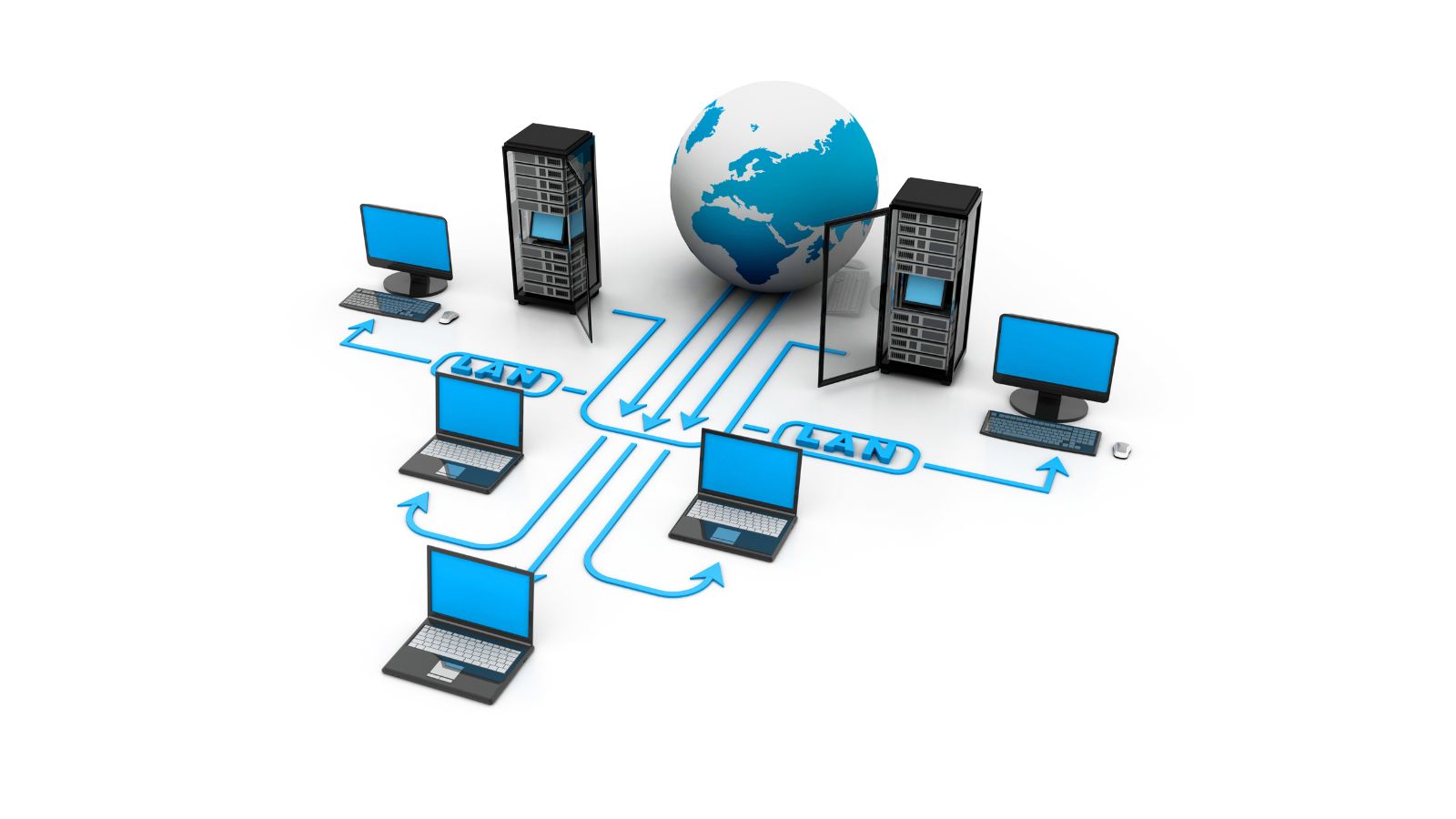1.3 Computer Networks
Understand the building blocks and components of modern computer networks.
Overview
This topic covers network types, topologies, networking hardware, protocols, wireless networks, network security, and cloud computing.
Detailed Content
Types of Networks
- LAN: Local Area Network for small areas.
- WAN: Wide Area Network connecting LANs globally.
- PAN: Personal Area Network for personal devices.
Network Topologies
- Bus: All devices share a single cable.
- Star: Devices connected to a central hub.
- Mesh: Devices interconnected for redundancy.
Networking Hardware
- Router: Connects networks and routes data packets.
- Switch: Directs data within a network.
- NIC: Enables devices to connect to a network.
Protocols
- TCP/IP: Suite for internet communication.
- HTTP/HTTPS: Protocols for web browsing.
- SMTP: Protocol for email transmission.
The Internet
- IP Address: Unique identifier for a network device.
- DNS: Maps domain names to IP addresses.
- WWW: The global information network.
Wireless Networks
- Use radio signals to connect devices wirelessly.
- Include Wi‑Fi, Bluetooth, and cellular networks.
Network Security
- Firewalls, encryption, and IDS/IPS protect network data.
- Ensures safe and secure communication across networks.
Cloud Computing
- Provides computing services over the internet.
- Offers scalable resources and storage solutions.
Diagram

Figure: Illustration of a typical network architecture.
Interactive Card Sort: Computer Networks
Match the network terms to their correct definitions!
Exam Prep Quiz
1. What is a LAN? [2]
A LAN (Local Area Network) connects devices within a limited area such as a home, office, or campus.
2. How does a WAN differ from a LAN? [4]
A WAN (Wide Area Network) spans large geographical areas and connects multiple LANs, often across cities or countries.
3. Describe mesh topology. [3]
In a mesh topology, each device connects to multiple other devices, providing multiple pathways for data transmission.
4. What role does a router play in a network? [4]
A router directs data packets between networks, ensuring data reaches its correct destination.
5. Define network security and give an example. [3]
Network security protects data during transmission. For example, firewalls help block unauthorized access.